Grab Your Fly Rod… And a Copy of Your State’s Fishing Regulations.
You’re heading out the door, fly rod in hand. Your fishing vest is fully stocked with everything you need: flies, tippet, micro-swivels, indicators, weights, and spare leaders. Maybe you’re out for an evening of stream fishing or you could be gearing up for a day in the drift boat. Amidst the excitement of hitting the water, fishing regulations may not be the first thing on your mind.
When you hear the words "fishing regulations," your first thought might be for a green or tan-clad game warden coming to check your license. You might also think about poaching, seasonal fishing opportunities, biology (including ecology and management), or all of the above. This week’s blog dives into fishing regulations from all these varied angles. As a Montana-based company, we’ll be referring to Montana Regs as an example, but this should resonate no matter where you fish.

Regulations Exist for a Reason
If you don’t follow fishing regulations, you will likely get a ticket, be fined, or even lose your fishing privileges, so be sure to take the time to read and understand the regulations thoroughly. It’s important to realize that regulations are part of a much larger picture designed with conservation in mind to protect the fishery; they’re not just a tool to increase Fish, Wildlife, and Parks revenue through tickets and fines. Fishing regulations are meant to “Protect the Resource” while allowing fishing opportunities.
Use Your Voice
We all have an active part to play in safeguarding fisheries. One of the most important steps we can take is to stay engaged with the regulation process. We all have the opportunity (and, one might argue, the responsibility) to raise concerns or ask questions when there is a proposed regulation change. Here in Montana, we also have groups like the Backcountry Hunters and Anglers that keep a close eye on regulations. On a national stage, Trout Unlimited is a fantastic organization to get involved with. These organizations help ensure we have sound, scientific regulations to “protect the resource.”
Regulating the Big Hole: An Example of Protecting the Resource
Montana has had several regulation changes over the last few years, but the one that stands out most pertains to the Big Hole River and low brown trout numbers. Many of Montana's large rivers, like the Missouri, Madison, and Yellowstone Rivers, are open to fishing year-round. Up until recently, so was the Big Hole River. Several years of ecological studies on the Big Hole revealed that brown trout numbers were not only declining, but at an all-time low. The exact reason for this change in population is debatable, but it was likely a combination of fishing pressure and low water conditions. (Brown trout spawn in the fall, which is the lowest water condition of the year.)
In response to these studies, fishing regulations were changed to close portions of the Big Hole River from the end of September through April 1st each year. Reducing fishing pressure and keeping people off the river during the fall keeps people from walking on spawning beds, which is critical to the Brown Trout's survival in the Big Hole River. This is a prime example of fishing regulations being instituted to “Protect the Resource.”
Knowing Your Regs Means Knowing Your Fishing Opportunities
The regs don’t just tell you the rules—they also alert you to seasonal fishing opportunities that might be easily overlooked if you don’t have a thorough understanding of the fishing regulations in your state. For example, the bull trout is a threatened species and cannot be targeted for fishing in many fisheries across Montana. In fact, by reviewing the regulations, you’ll find that fishing within 100 feet of a bull trout spawning tributary is prohibited in order to “protect the resource.” That said, Montana does offer bull trout fishing opportunities; you just have to read the regulations to find them. No matter where you fish, little-known opportunities likely exist within the regs.

Beyond Regulations: Practicing Catch and Release
Fishing regulations are backed by data. That data is gathered by biologists studying the same fisheries those regulations are meant to protect. If you want to continue enjoying your local fisheries for years to come, following your state’s fishing regulations is a great first step.
As individuals, however, we can also make decisions on the water to further protect this resource. Pick up and dispose of trash properly. Respect your fellow fishermen. Here at Montana Casting Co., we also believe in catch and release—no matter what the catch limits are in the regulations. Catch and release may be the single most important personally controlled regulation you can adopt to protect the resource.
Remember: “protecting the resource” means preserving the opportunity to interact with our wild fisheries, for present and future generations. Happy fishing, everyone. Read your regulations, follow them, and practice catch-and-release. We hope to see you on the water!
Photo Credit (Top): Tony Bynum
Feel free to jump in the comments below and share a fishing story. Or two. Or four…

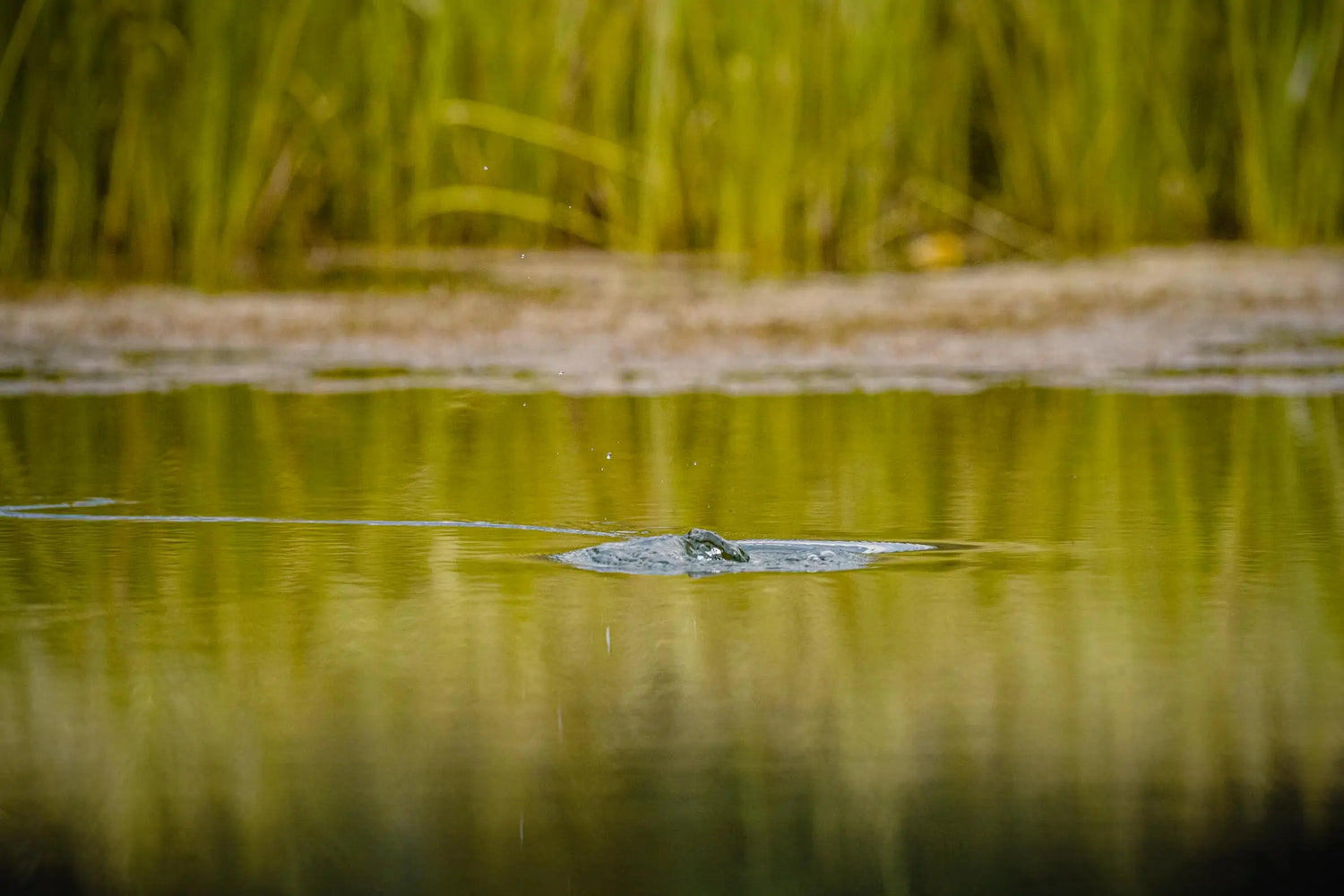


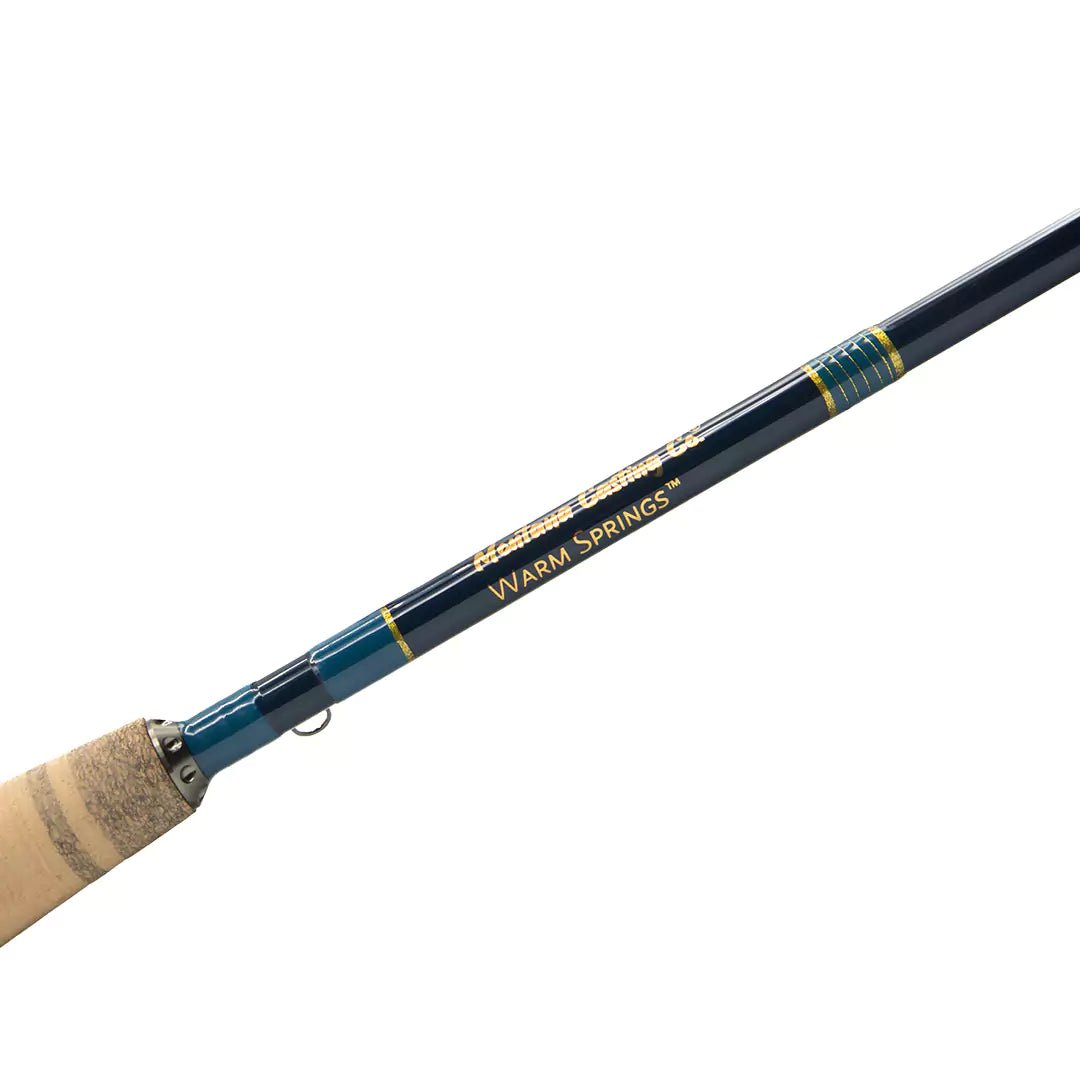
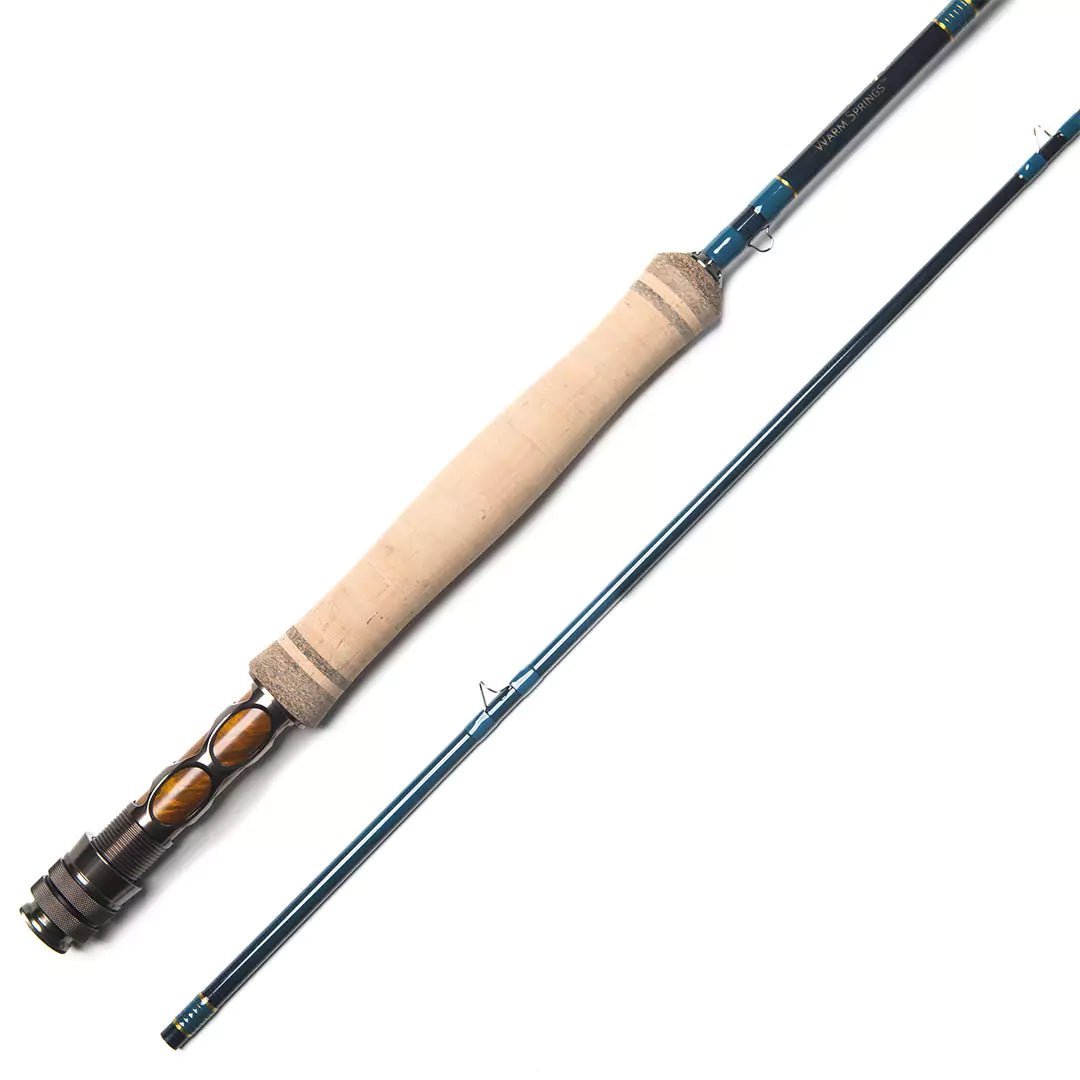
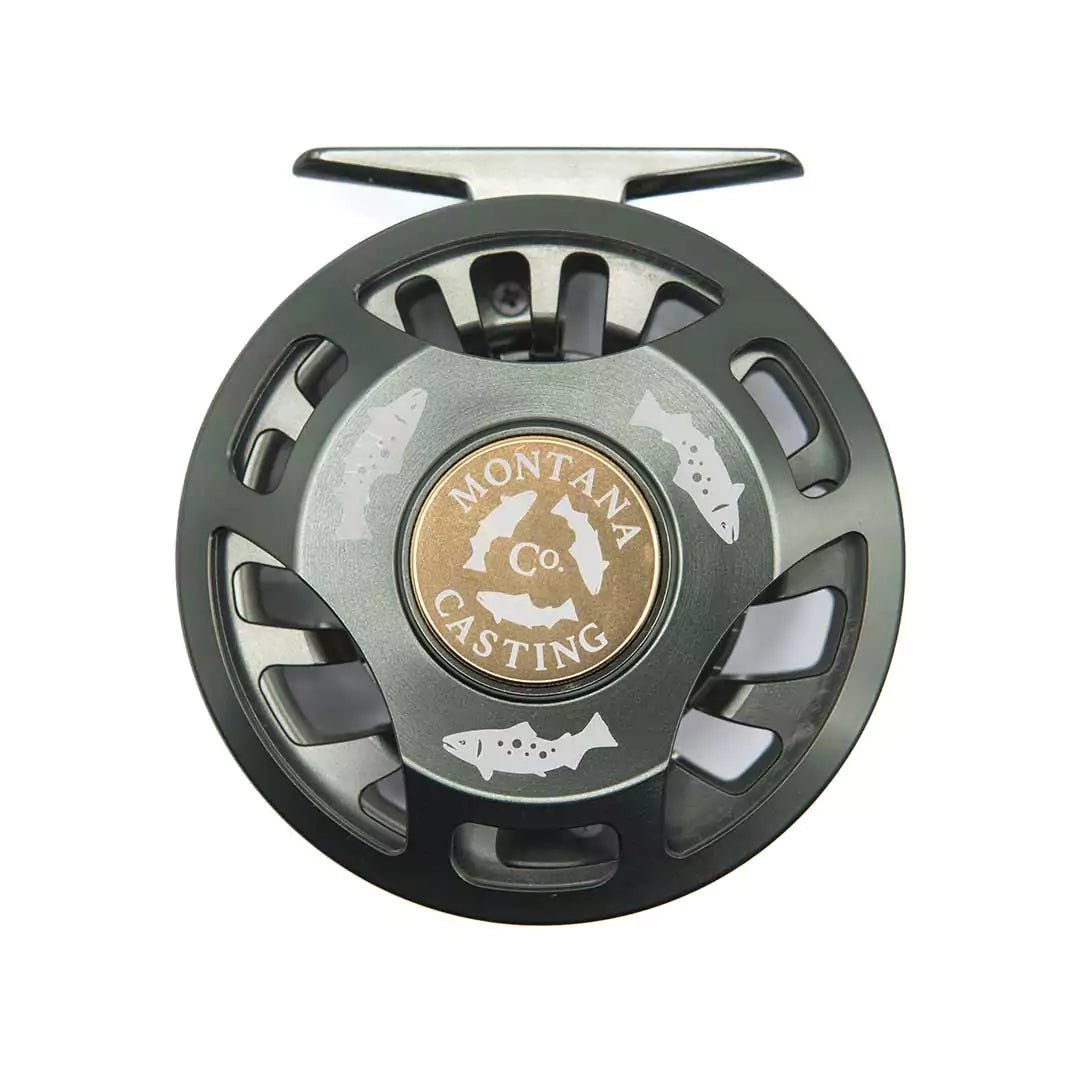



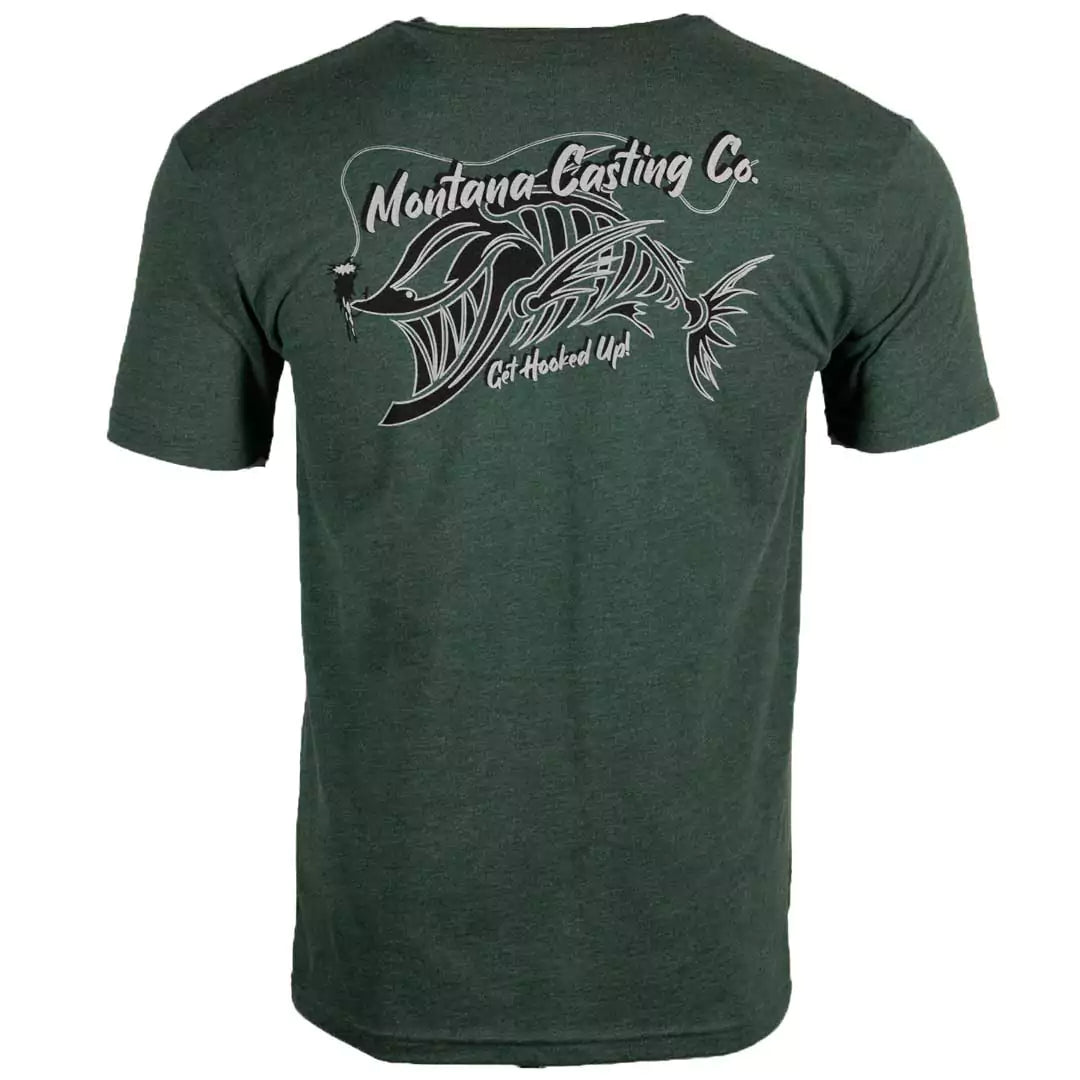
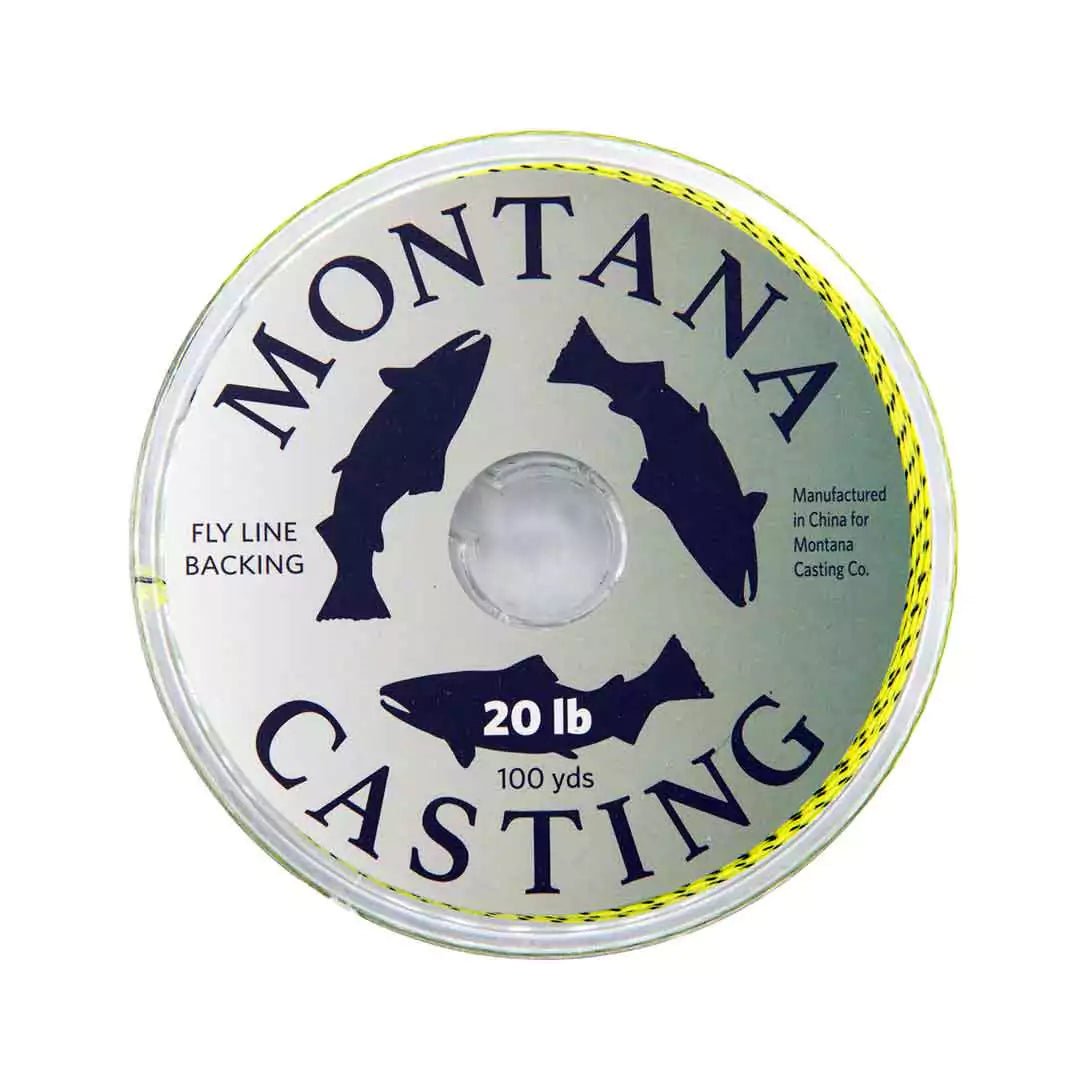

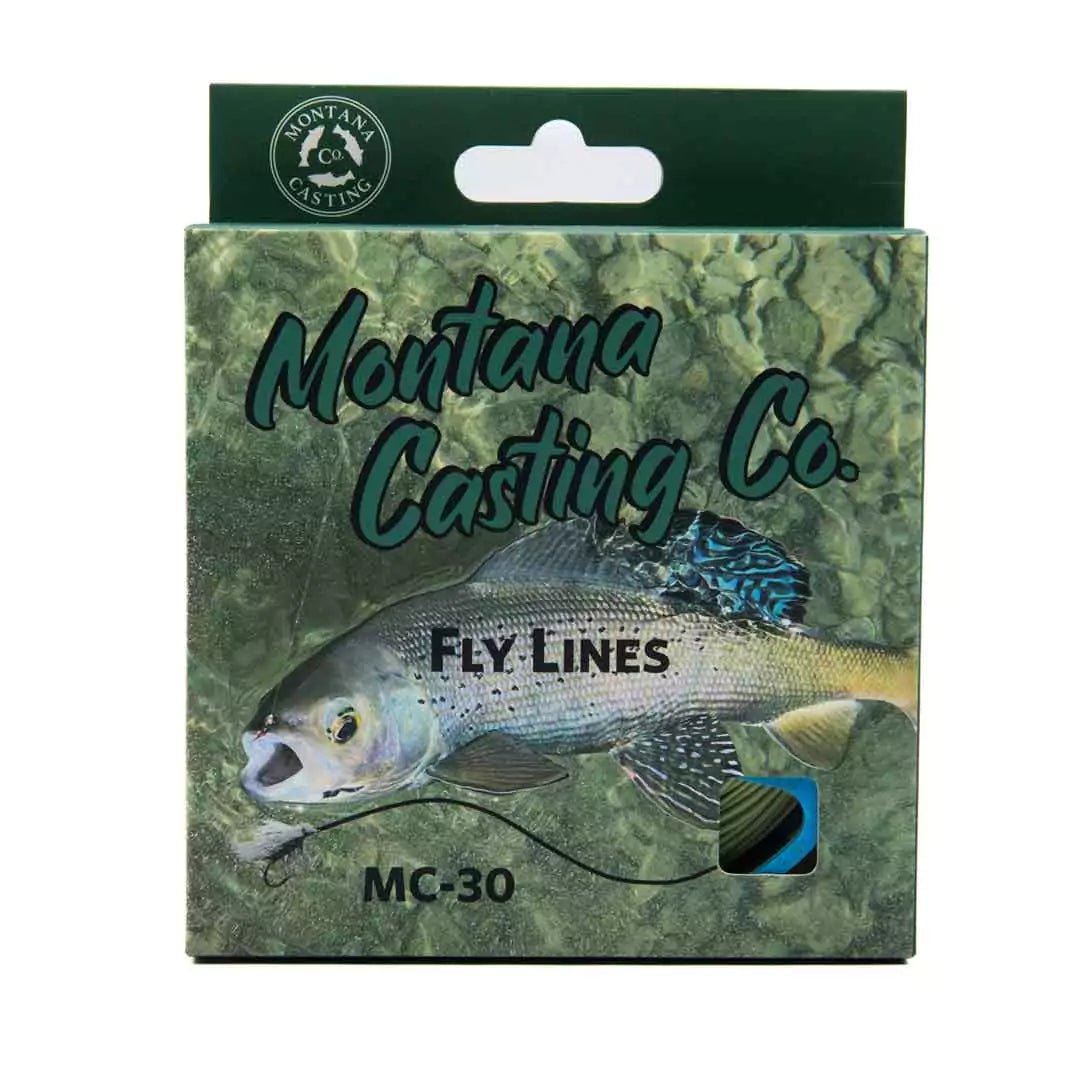
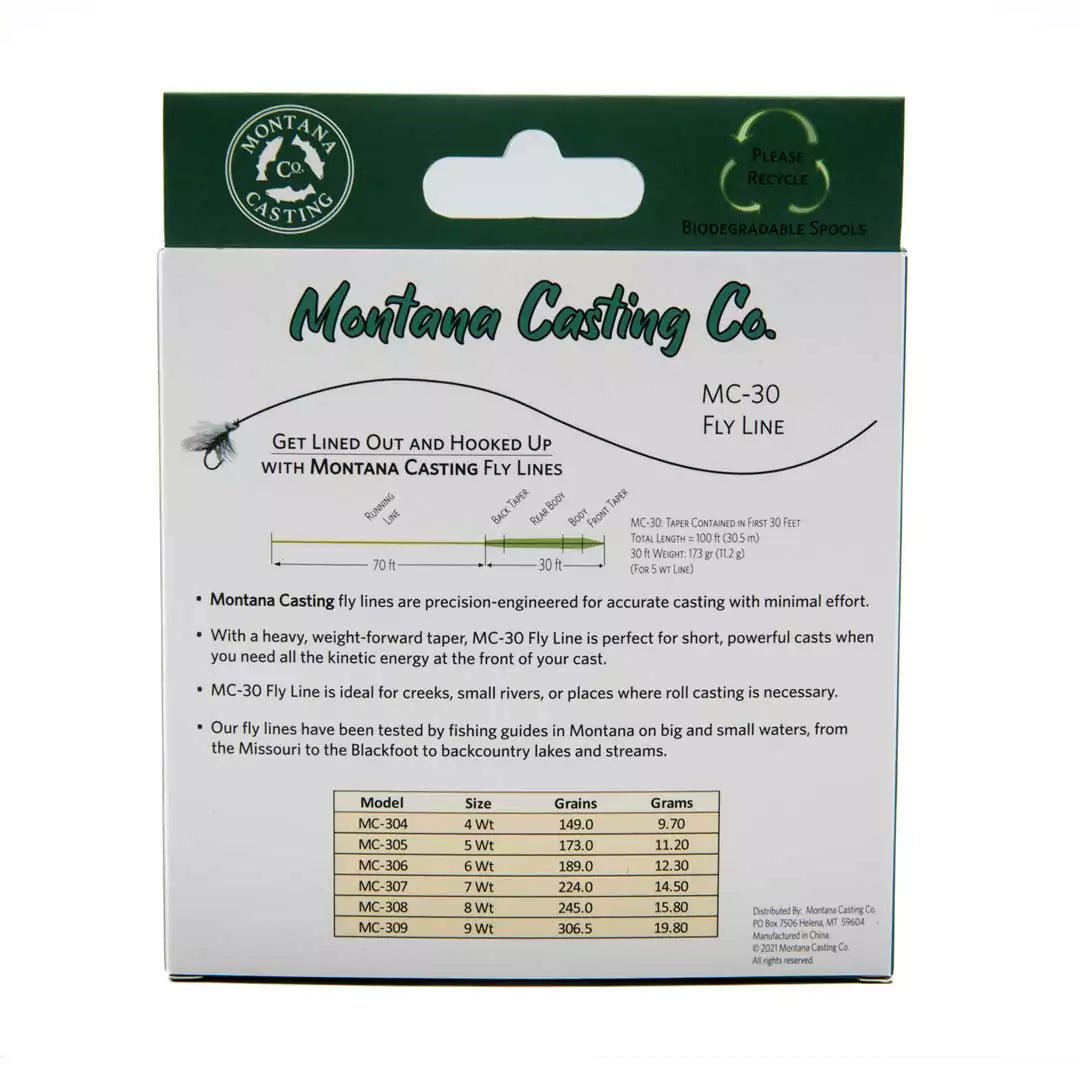
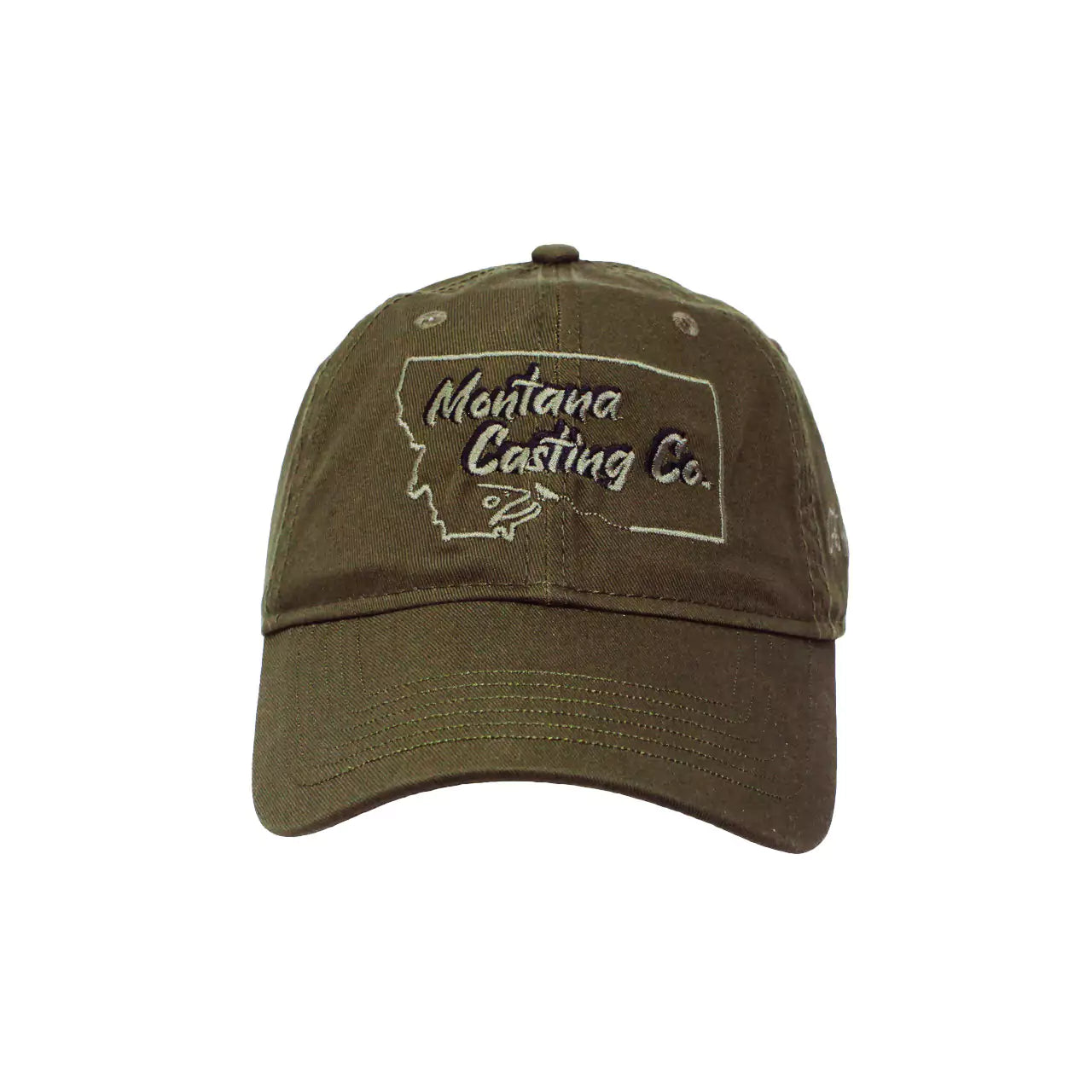

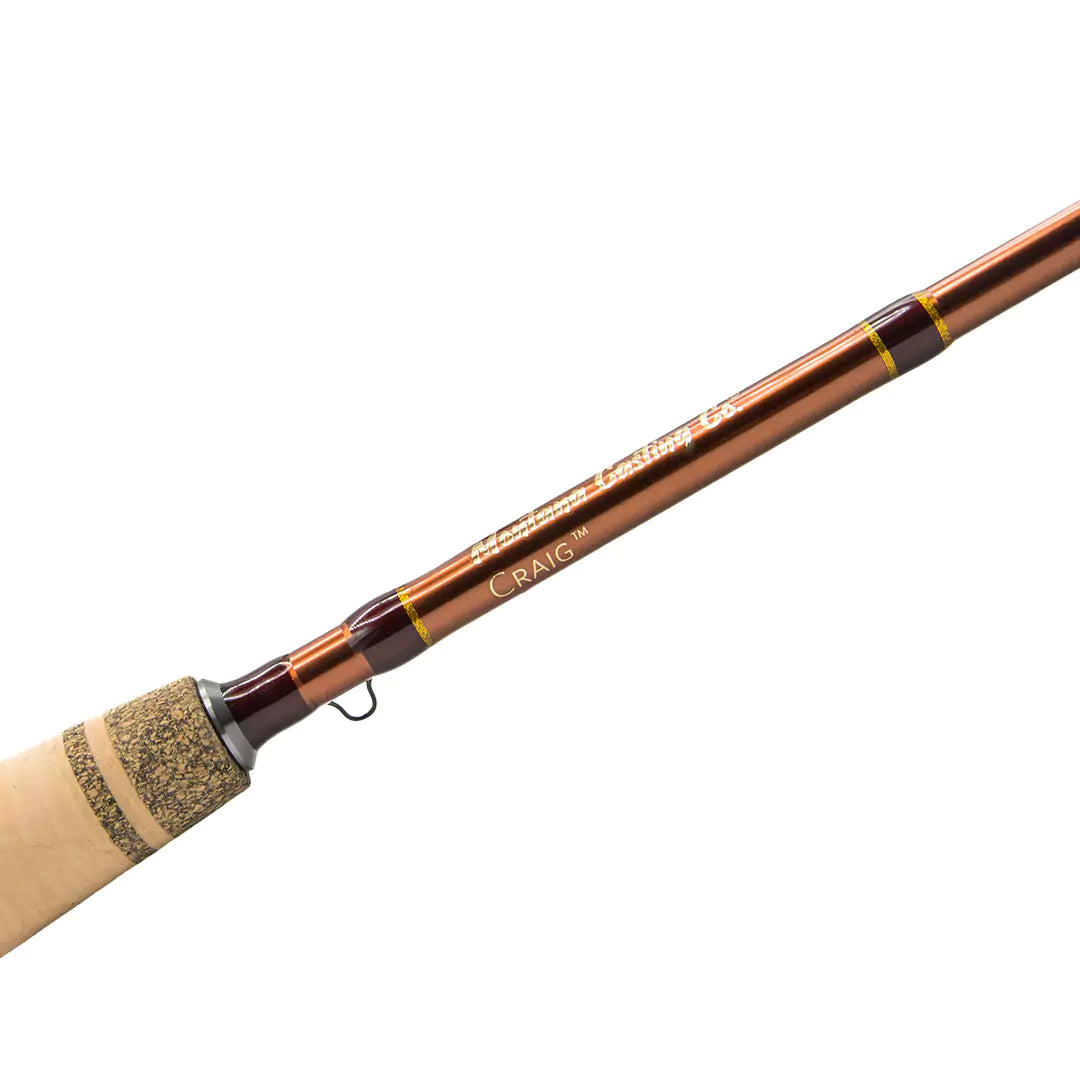
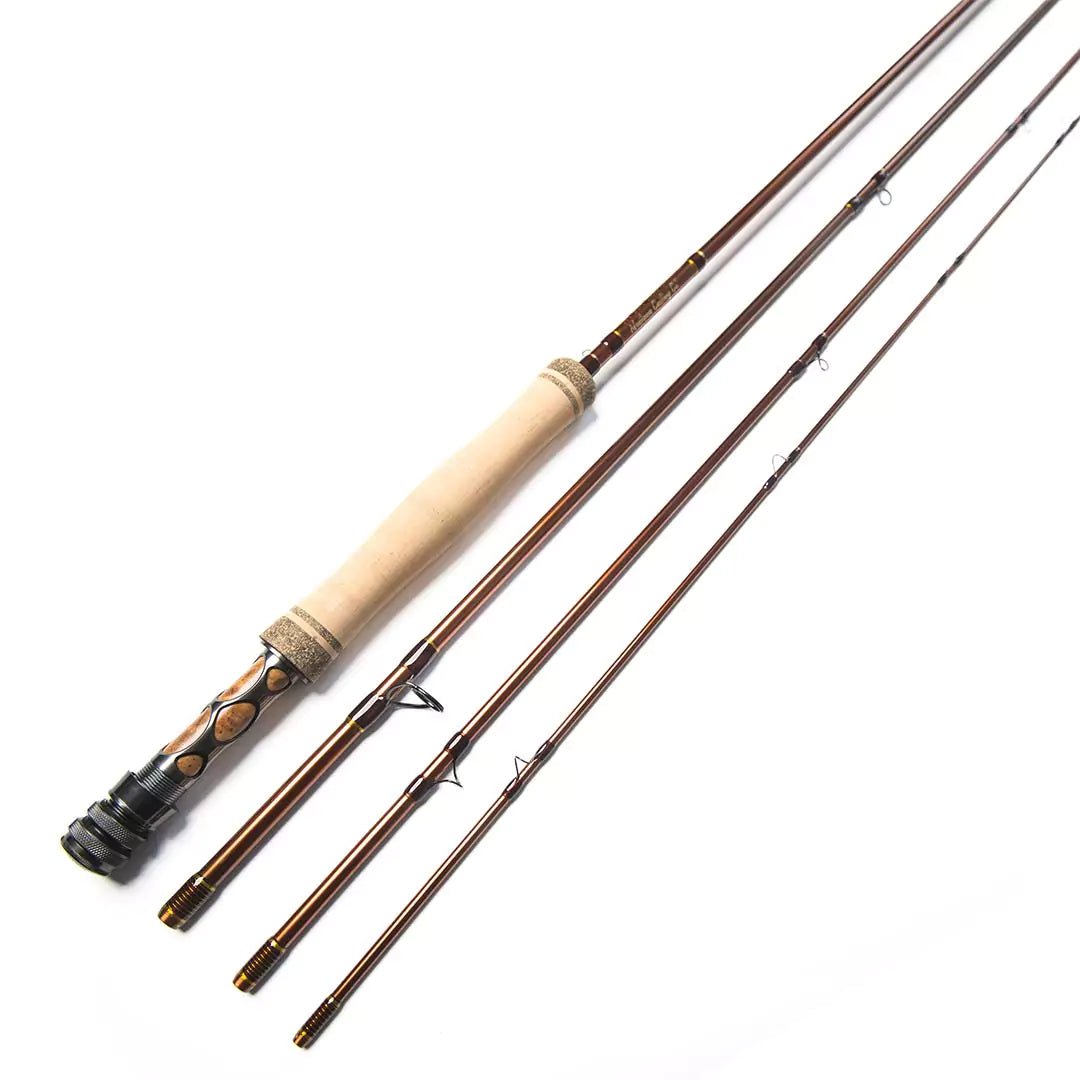

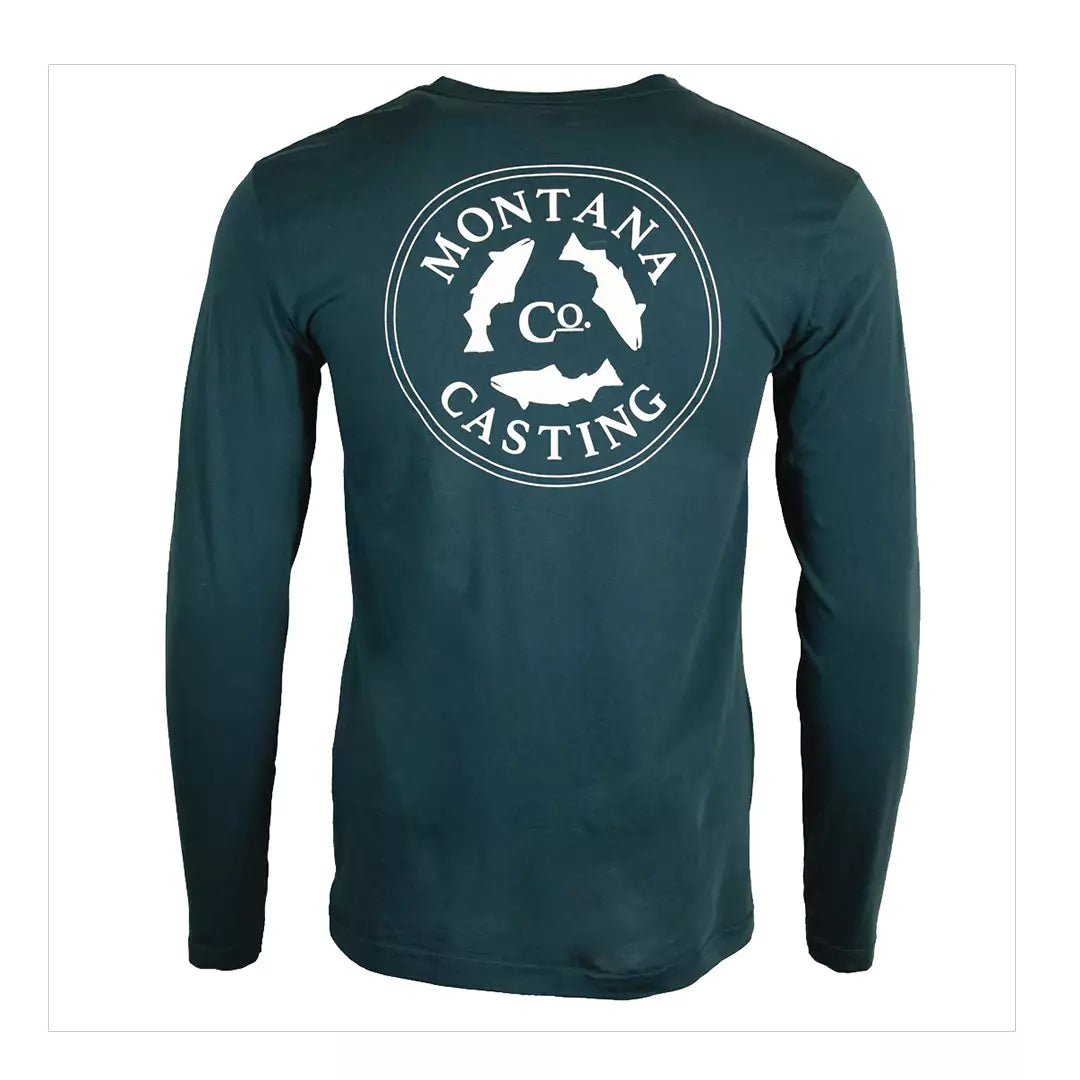
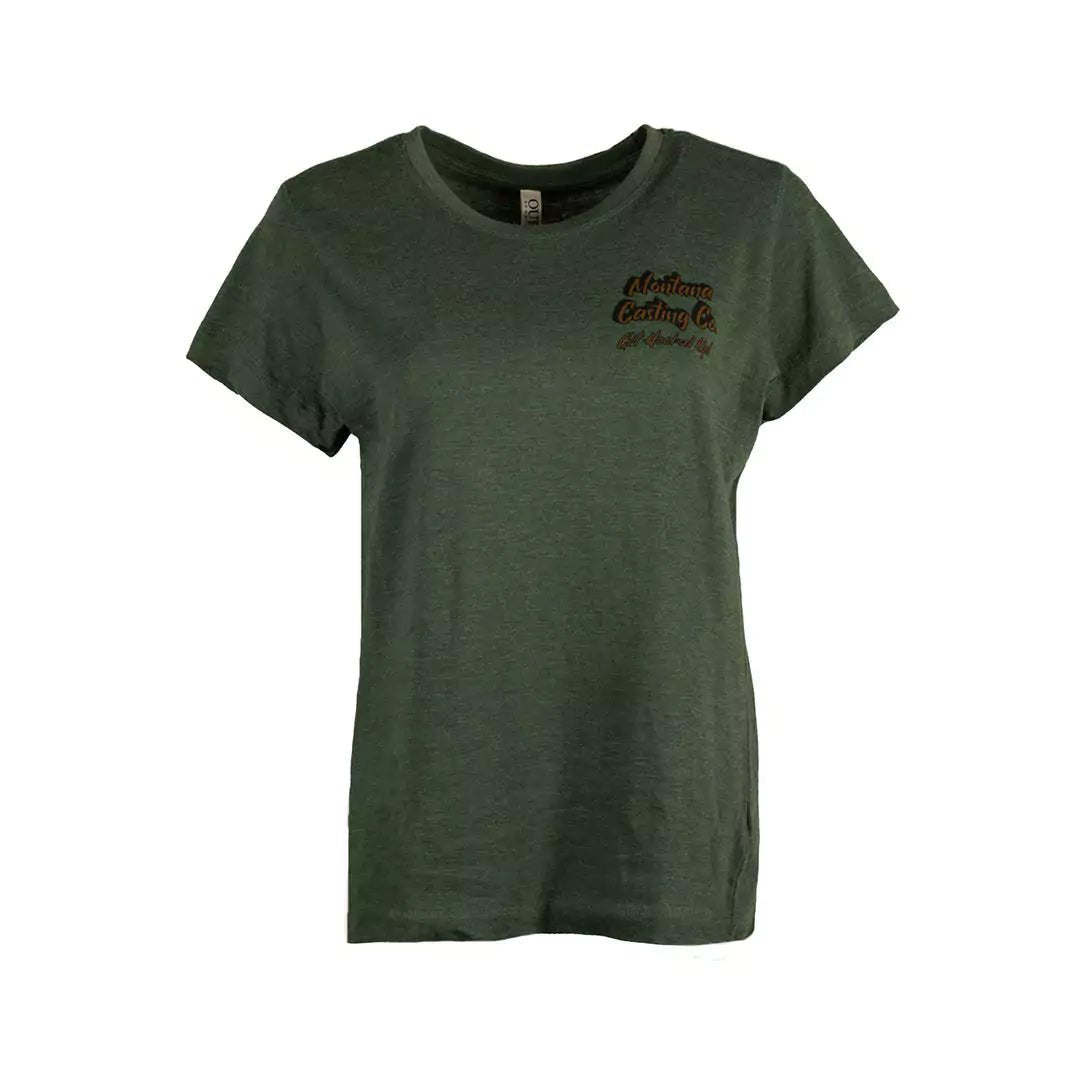
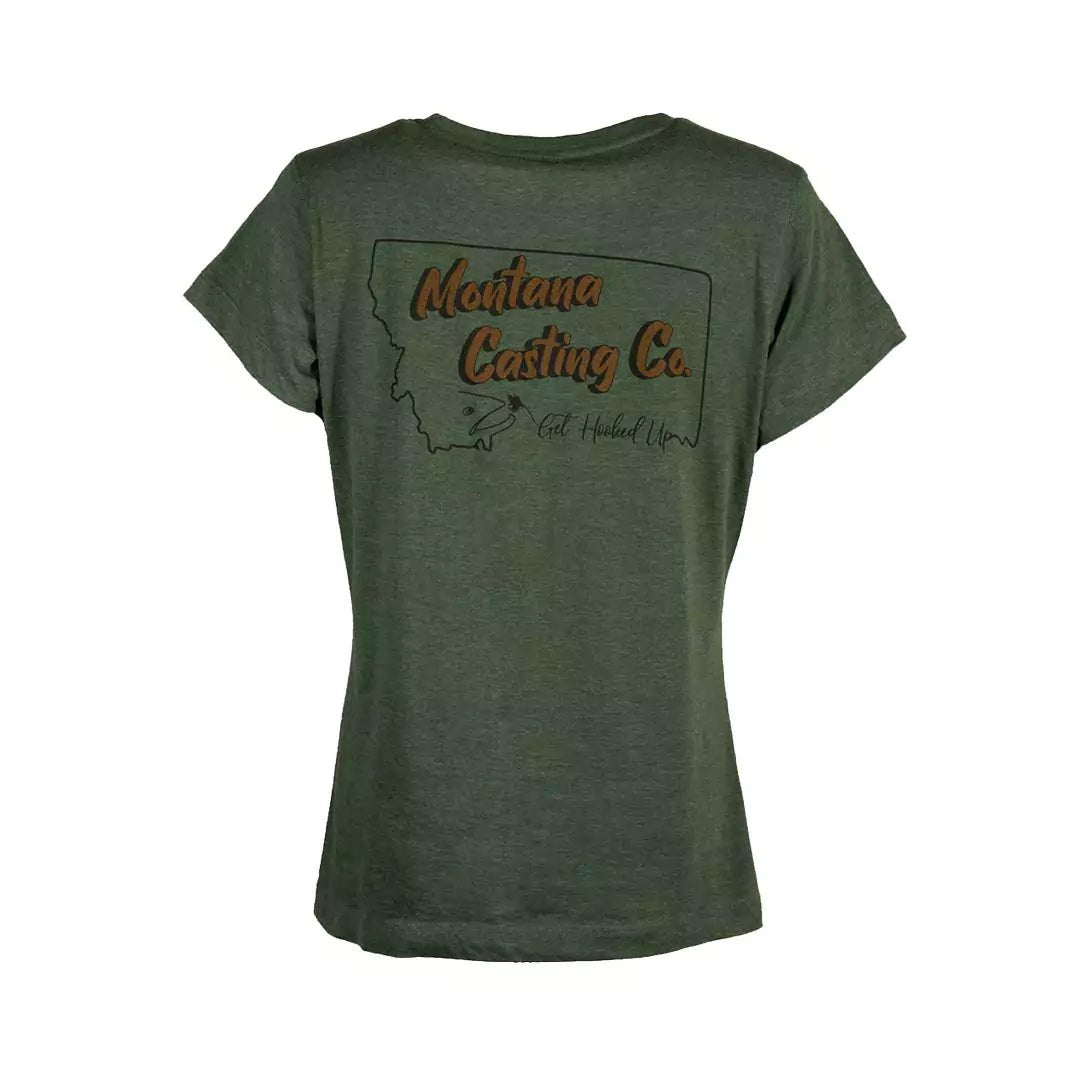
0 comments